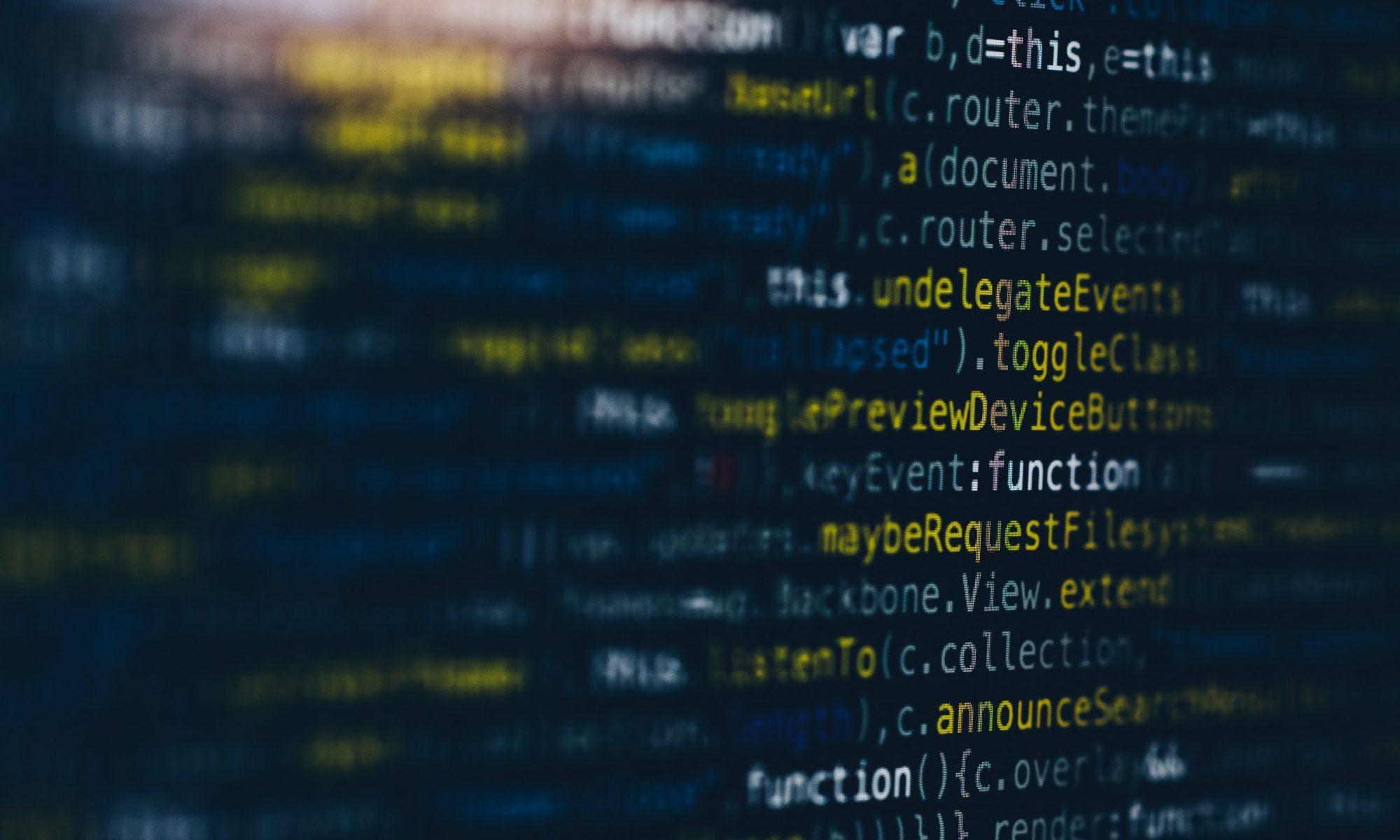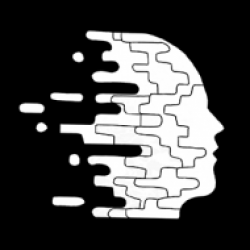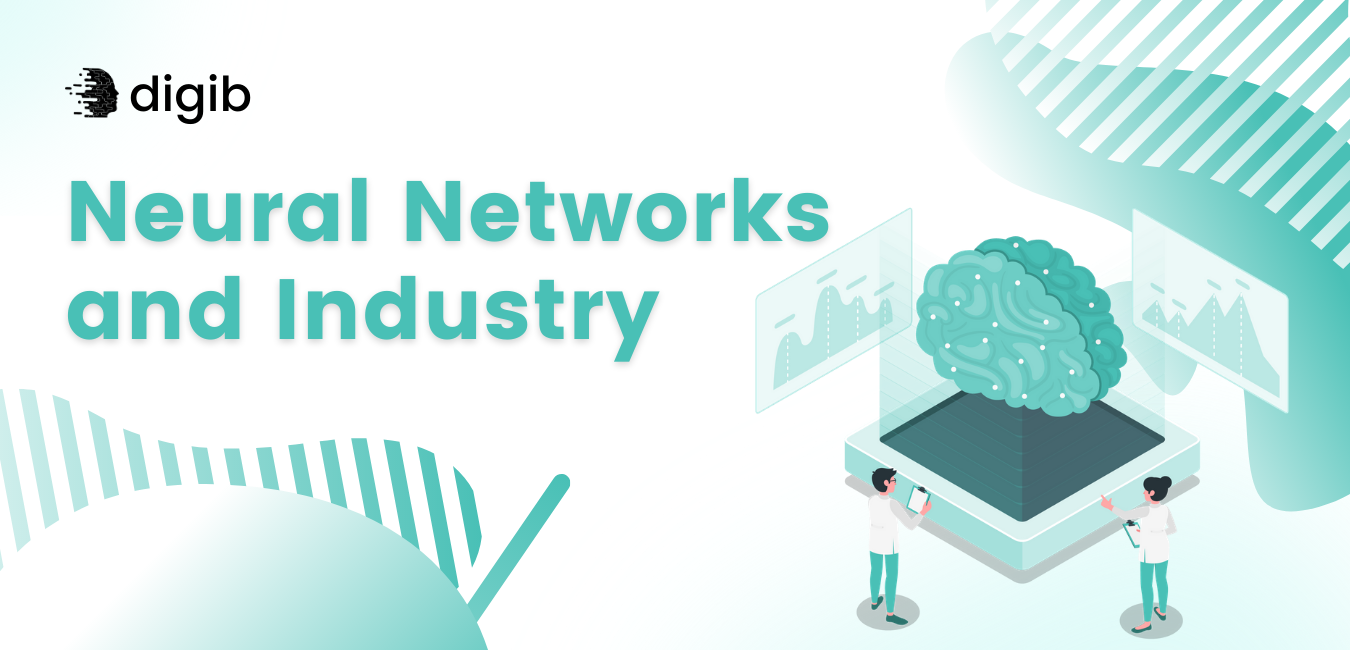Neural Networks are algorithms modeled to simulate the human brain. Consisting of components similar to our neurons and nerves, it must be stressed that Neural Networks don’t actually work like human brains. They just process information in a similar fashion. Neural Networks are able to learn and model nonlinear and complex relationships, this makes Neural Networks especially adept at finding patterns and inferring new relationships between various inputs and outputs. Neural Networks are also capable of generalizing, they do this by employing Fuzzy Logic to make sense of incomplete or ambiguous data.
How do they work?
A Neural Network consists of several processors that operate parallely but are arranged in tiers. These tiers are connected to each other and process inputs from the tier that precedes them and passes on their output to the next tier. Each tier consists of nodes that are interconnected to nodes in tiers that come before and after them. Each node has a certain programmed function and rules that go along with it as well as relationships it has inferred by itself. Neural Networks are so special because they are able to learn and adapt quickly, they are able to do so by placing an ‘importance’ weight on the inputs and outputs received by each node. The inputs that have the most weight are ones that contributed the most to the right output.
We use Neural Networks to handle and analyze large amounts of data. In a 2017 Statista report, monthly global data volumes were estimated to reach around 230,000 petabytes (one million gigabytes). With such large amounts of data to be analyzed many companies have begun to consider using Neural Networks to analyze and handle their data. Neural Networks have been implemented in many industries, ranging from engineering and medicine, to business applications in financial prediction and targeted marketing.
Let’s have a look at some industrial applications of Neural Networks.
Neural Networks and Engineering
The engineering sector is perhaps, where Neural Networks are essential, Neural Networks can be implemented in many engineering fields; Flight control, automotive control process and quality control are just some of these fields. Neural Networks are being implemented in industries that are looking to automate their processes. If we look at the drone industry, William Koch a Boston University Computer Scientist has developed a quadcopter with machine learning capabilities. As of right now most quadcopters are controlled through linear controllers and requires significant human intervention to maneuver the quadcopter. However the drone, Neuroflight, developed by Koch and a team of collaborators is able to maneuver through dynamic environments such as wind by using a machine learning neural network.
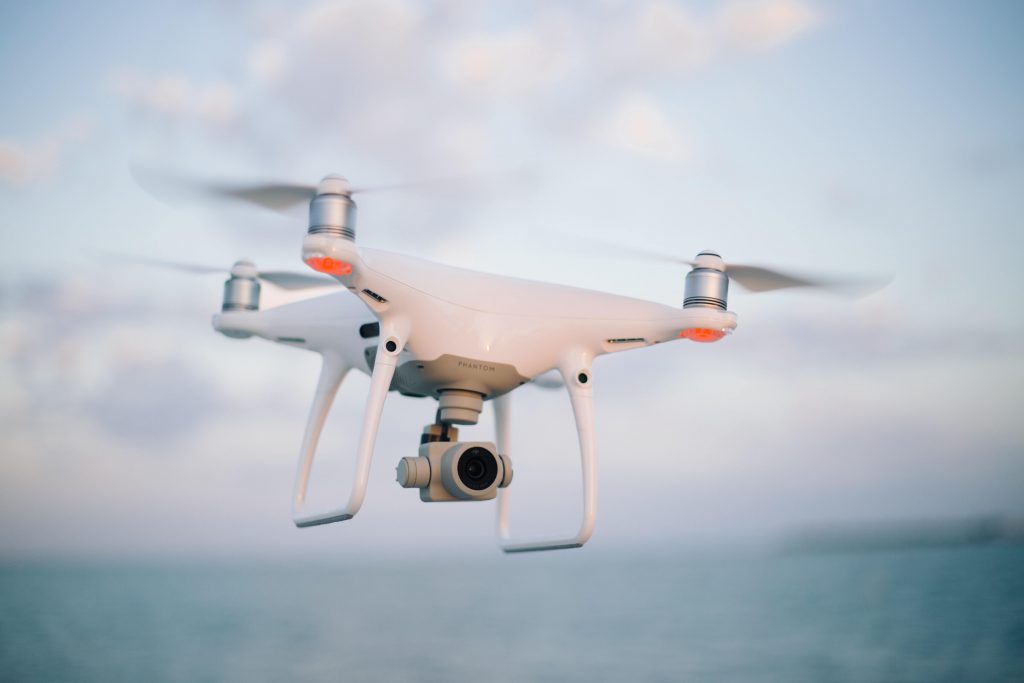
There are many companies investing heavily in Neural Networks in drone technology, notably General Electric and other industry players. Another company that uses Neural Networks in their drone technology is Aeiou.tech. The company’s Dawn platform helps their drones to navigate difficult and dynamic environments, avoid obstacles and much more, the platform is currently being developed so that the unmanned drones are also capable of inspection duties.
Neural Networks and Medicine
Neural Networks are capable of modeling complex and nonlinear relationships, they are adept at looking for patterns, which makes them a revolutionary tool in the field of medical diagnosis. Today Neural Networks are used in medicine to mode4l various human body parts and to analyze various scans (CT, X-rays, PET etc.). Neural Networks do not require a predefined algorithm to analyze these scans and this makes Neural Networks perfect for recognizing patterns in various scans. A Neural Network learns by example and as such Neural Networks do not require descriptors of the disease.
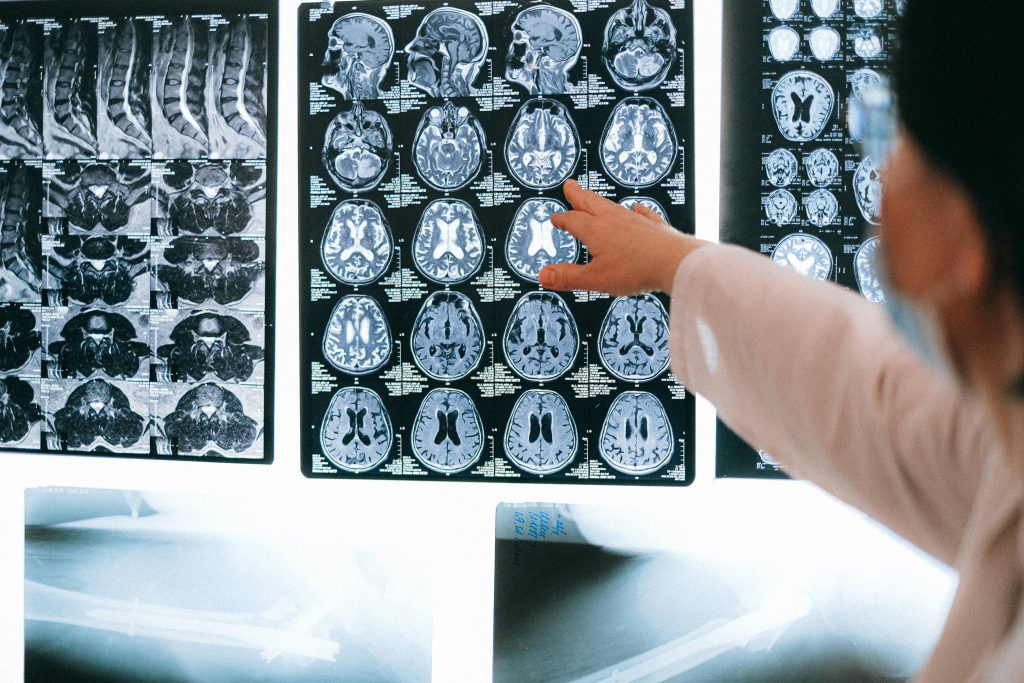
Currently Neural Networks are being used to model and diagnose the cardiovascular system. Diagnosis, in this case, can be achieved by having a Neural Network build a model of a person’s cardiovascular system and monitor this model, By comparing real time changes in physiology a Neural Network could possibly detect arising medical conditions at a much earlier stage. An added advantage of using Neural Network for diagnosis is that Neural Networks can provide sensor fusion, i.e. Neural Networks can combine values from different sensors to get a more complete or accurate description of the model. Neural Networks that are being used today take input from a variety of biomedical sensors.
Neural Networks and Business Applications
As we move towards a digital age where more and more retail activities occur online. It stands to reason that more companies would require a way to handle large amounts of data in order to better target their customer base. Neural Networks can play a pivotal role in optimizing a company’s marketing strategy.
As online commerce becomes more prevalent, more metadata from customers, this includes personal details, shopping patterns as well as any other relevant information. In 2021 this means analyzing millions of gigabytes of data, a neural network could analyze and model relationships with different variables when compared to traditional computational networks. Neural Networks are also being used to automate email marketing. From sending cold sales mails to follow up mails, a neural network could greatly optimize email marketing processes by segmenting customers by various categories. A more lucrative application of Neural Networks is its use in financial forecasting (another blog, another day).

Neural Networks today have huge implications for big data. With increased processing power and an algorithm that learns to see patterns over time, companies can leverage Neural Networks in big data analysis to further optimize their business models. Social Media platforms as mentioned above use Neural Networks to filter for fraudulent or criminal activities on their platform, it can also be used to segment potential customers more accurately, providing companies information to model a targeted marketing strategy.
Neural Networks and other Deep Learning technologies offer us a path to true AI, and as this field continues to innovate businesses and other fields of interest should consider integrating AI technologies into their business model.
